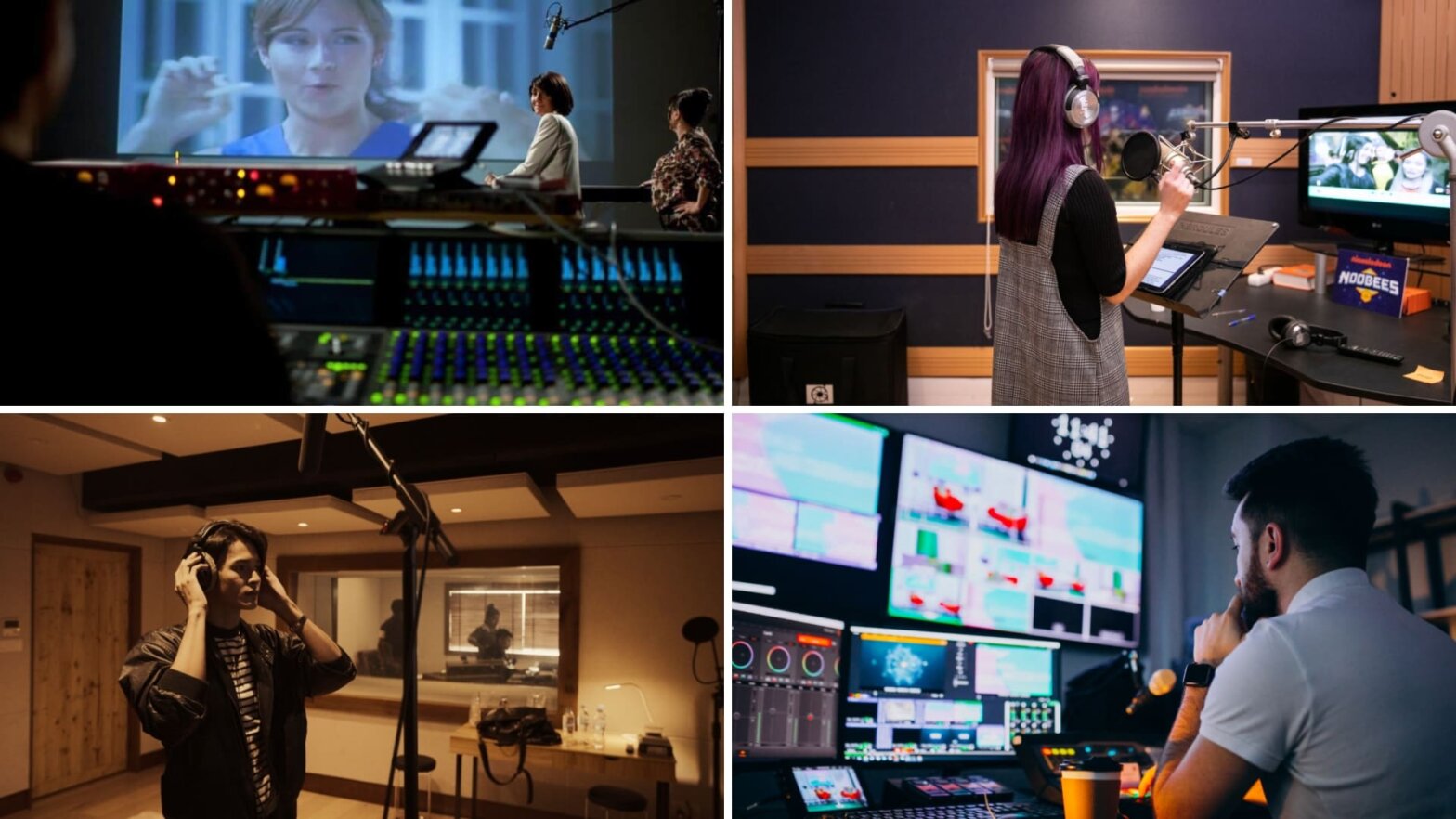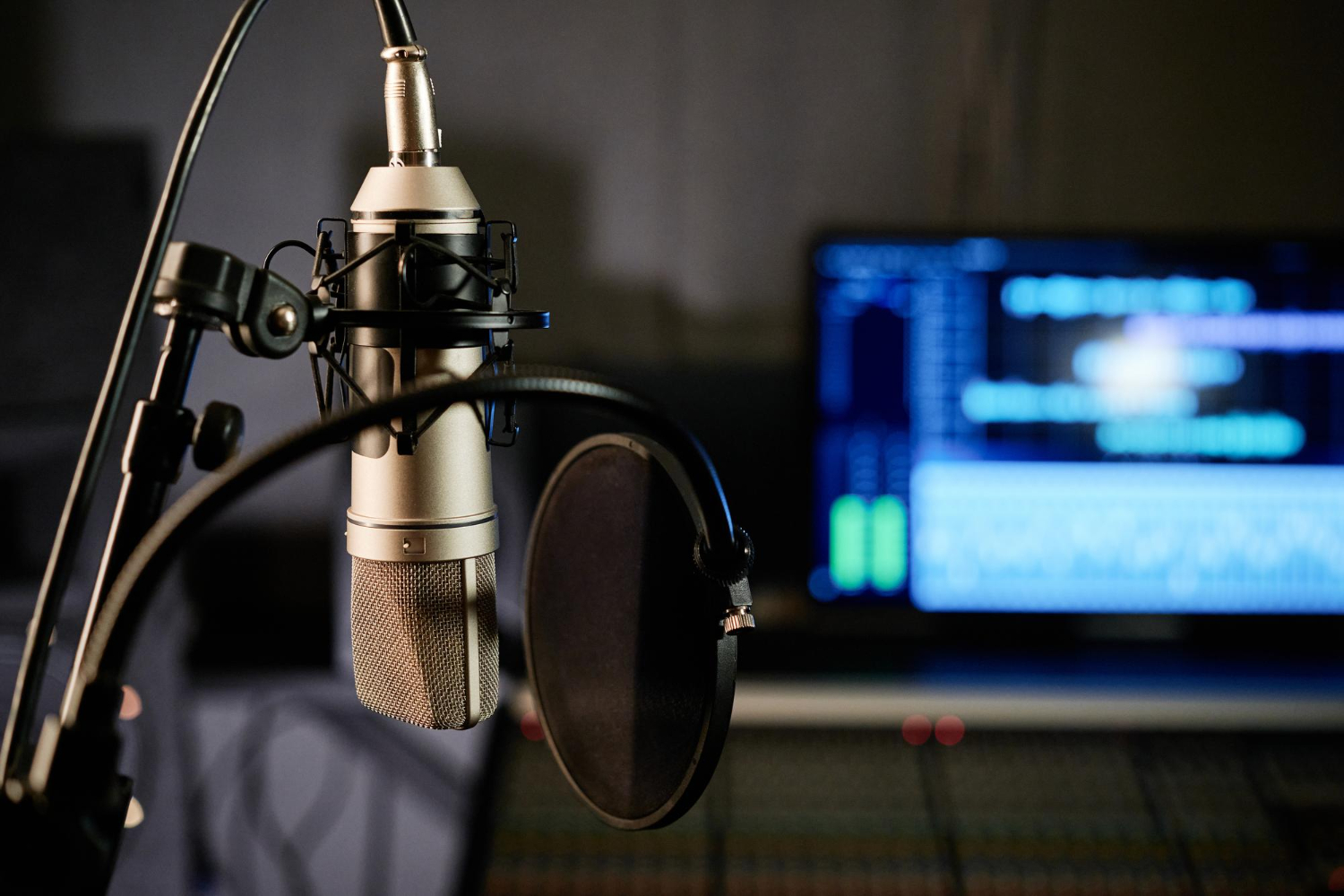Is it a simple matter of replacing voices, or does dubbing hold a far more profound influence on the global cinematic experience? The practice of dubbing, far from being a mere technical process, is an art form that shapes how stories are told, understood, and experienced across cultural boundaries, profoundly impacting the reach and resonance of films and television shows worldwide.
The term "dubbing" itself originates from the verb "to dub," meaning to mark or identify something with a sign or symbol. In the context of filmmaking and broadcasting, this "marking" takes the form of replacing or adding audio to a pre-existing visual medium. This can involve anything from adding sound effects and new dialogue to providing an entirely new soundtrack in a different language. This technique has evolved significantly over time, with the earliest examples dating back to the dawn of sound cinema, where it was used to synchronize sound with motion pictures or to "double" an actor's voice in the early days of the sound era. As technology advanced, so too did the sophistication of dubbing, leading to the intricate process we see today, where entire films and television shows are transformed for global audiences.
The nuances of dubbing go far beyond simple translation. It requires a complex understanding of the source material, the target audience's cultural context, and the technical skills to synchronize speech perfectly with the visual cues on screen. The primary goal is to create a seamless experience for viewers, where the dialogue, tone, and timing feel natural and authentic, regardless of the language spoken. This often involves adapting not only the words but also the nuances of performance, ensuring that the emotions conveyed by the original actors are preserved and effectively communicated to a new audience. Understanding dubbing goes beyond simple translation, it requires dubbing techniques that synchronize speech and capture the actors' intent, making foreign stories feel authentically local.
- Bill Gates In Court Dutch Vaccine Case Update Latest Claims You Should Know
- Unveiling Jimmy Butler The Untold Story Of His Life Family
Dubbing's origins are rooted in the early days of sound cinema. It's a testament to the film industry's efforts to reach wider audiences by transcending language barriers. The process involves more than just translating dialogue; it necessitates meticulous synchronization of lip movements, ensuring the new dialogue aligns perfectly with the on-screen action. This requires highly skilled voice actors who can capture the essence of the original performance. It encompasses the act of adding sound to a film or tape, or the material used for artificial flies. The evolution of dubbing has seen significant technological advances, particularly with digital audio workstations and advanced synchronization software. Now, it is the process of replacing the original voice track of a film or tv show with a synchronized translation in another language.
One of the key aspects of dubbing is the ability to adapt the cultural context of a film or television show. While direct translation is a fundamental requirement, it's also crucial to consider the cultural references, slang, and idioms used in the original dialogue. These elements are often unfamiliar to the target audience, and a successful dubbing project will adapt or replace them with culturally relevant equivalents. This ensures that the story resonates with the viewers on a deeper level, making the experience more engaging and enjoyable. The challenges inherent in this process, underline the delicate balance between dubbing definition and preserving the essence of the original work, highlights the importance of cultural sensitivity and a nuanced understanding of both the source and target cultures. The accolade (also known as dubbing, adoubement, or knighting) (latin: Benedictio militis) was the central act in the rite of passage ceremonies conferring knighthood in the middle ages.
Consider the meticulous synchronization required, where every syllable must align perfectly with the actors' lip movements. This demands not only linguistic proficiency but also a deep understanding of performance and timing. Dubbing, in filmmaking, is the process of adding new dialogue or other sounds to the sound track of a motion picture that has already been shot. Moreover, the voice actors must be able to capture the essence of the original performance, conveying the intended emotions and nuances of the characters. This extends beyond simple translation and into the realm of acting, with the goal of creating a seamless and immersive experience for the audience. The act or process of furnishing a film or tape with a new sound track or adding music, sound effects, etc., to an existing one.
- The Sidewalk Rule Origins Modern Etiquette
- Basketball Wives Shaunie Oneal Weds Pastor Keion Exclusive Details
The evolution of dubbing has mirrored the advances in film technology. The earliest methods, used in the initial transition from silent to sound films, involved rudimentary techniques. With the advent of digital audio workstations (DAWs) and sophisticated synchronization software, the process has become far more streamlined and nuanced. Digital tools allow for precise adjustments to timing, pitch, and tone, leading to more seamless and natural-sounding dubbing. The art of dubbing encompasses a wide range of techniques, from ADR (Automated Dialogue Replacement), where dialogue is re-recorded in a studio, to the use of specialized software to match lip movements. The goal is to create a final product that appears authentic, regardless of the technical complexity involved. Dubbing is the process of adding new dialogue or other sounds to the audio track of a project that has already been filmed.
However, dubbing is not universally embraced. Some viewers prefer to watch films in their original language with subtitles, as this allows them to experience the original performances and nuances directly. This preference is often fueled by a desire for authenticity, a belief that the original performance is irreplaceable, and the perception that dubbing can sometimes distort the intended meaning or emotional impact of the film. Thats because dubbing preferences vary significantly by country and are shaped by the cultural landscape. The term "dub" is also present in musical context and can refer to a popular genre of music derived from reggae, it is commonly considered a subgenre of reggae, though it has developed to extend. This highlights the diverse ways audiences engage with and interpret media, and it underscores the importance of considering different preferences when distributing films and television shows globally. The replacement of a soundtrack in one language by one in another language 2. The combination.click for more definitions. "Dubbing is the practice of replacing the original voice track of a film or television show with a synchronized translation in another language."
The process of dubbing is not without its challenges. One of the primary hurdles is maintaining the authenticity of the original performance while also ensuring the dialogue is culturally relevant and accessible to the target audience. This often requires making nuanced adjustments to the script, the timing of the dialogue, and even the vocal performance itself. The synchronization of dialogue with lip movements can be particularly difficult, especially when dealing with complex sentence structures or idioms that don't translate directly. These challenges underscore the importance of skilled voice actors, meticulous attention to detail, and a deep understanding of both the source and target languages and cultures. In currying, a mixture of fish oil and tallow worked into leather.
Furthermore, the effectiveness of dubbing can vary depending on the quality of the translation, the skill of the voice actors, and the technical aspects of the production. Poorly translated dialogue, uninspired voice acting, or inadequate synchronization can detract from the viewing experience, leaving audiences feeling disconnected from the story. Conversely, a well-executed dubbing project can significantly enhance the appeal of a film or television show, making it accessible to a wider audience and fostering a deeper appreciation for the story. The material used for the body of an artificial fly. Good for nothing except dubbing on a newspaper!
The impact of dubbing extends far beyond the entertainment industry. It plays a crucial role in cultural exchange, enabling audiences to experience stories and perspectives from different parts of the world. By providing a bridge across linguistic and cultural barriers, dubbing fosters greater understanding and empathy. The act of adding sound to a film or tape, or the material used for artificial flies. The practice of dubbing also influences the global film market, allowing films and television shows to reach broader audiences and generate revenue in different regions. This can also be used to improve audio quality, add special effects, or change the tone or mood of a scene. "To insert a new soundtrack, often a synchronized translation of the original dialogue, into (a film). To add (sound) into a film or tape: "Dub in strings behind the vocal."
In the end, the art of dubbing represents a unique fusion of technical skill and artistic sensitivity. It reflects a deep understanding of storytelling, performance, and cultural context. It's a process that transforms language, tone, and timing into a seamless experience for viewers worldwide. Dubbing can also refer to the process of adding voice or sound to a film or video in a different language. Learn more about the word origin, synonyms, sentences and related terms of dubbing. Learn the etymology, pronunciation, and frequency of dubbing from oed's entry. The meaning of dub is to confer knighthood on.
Learn about the origins, methods and applications of dubbing in film, video and animation production. Learn how dubbing works, what it is used for, and how it differs from adr in this comprehensive guide. Learn the origin, usage and history of dubbing with dictionary.com. How to use dub in a sentence. The term dubbing came from doubling either the vitaphone sound disc to synchronize sound with a motion picture or from doubling an actor's voice to films in the beginnings of the sound era. These challenges underline the delicate balance between dubbing definition and preserving the essence of the original work. Evolution of dubbing dubbing is a process which involves recording the dialogue, sound effects and music of a movie in one language and then synchronizing it with another language. Voices of the actors seen on screen are replaced with those of different performers speaking another language.
In summary, dubbing is an intricate and indispensable practice within the film and television industries. It is an art that requires more than just technical skills, it requires a cultural understanding and the ability to recreate the essence of a story for audiences worldwide. Present participle of dub 2. Dubbing synonyms, dubbing pronunciation, dubbing translation, english dictionary definition of dubbing. Dubbed , dub bing , dubs 1. To tap lightly on the shoulder by way of conferring knighthood. Dub is a musical style that grew out of reggae in the late 1960s and early 1970s. It is commonly considered a subgenre of reggae, though it has developed to extend. Dub has many meanings in english. It can variously mean to nickname and to voice a film in a different language. it can be short for double and the letter w. It can be slang for a marijuana joint, or $20 worth of drugs.
- Madelyn Cline Age Birthday Facts You Need To Know
- Ramsey Umar Md In Mesa Az Reviews Info You Need Now


